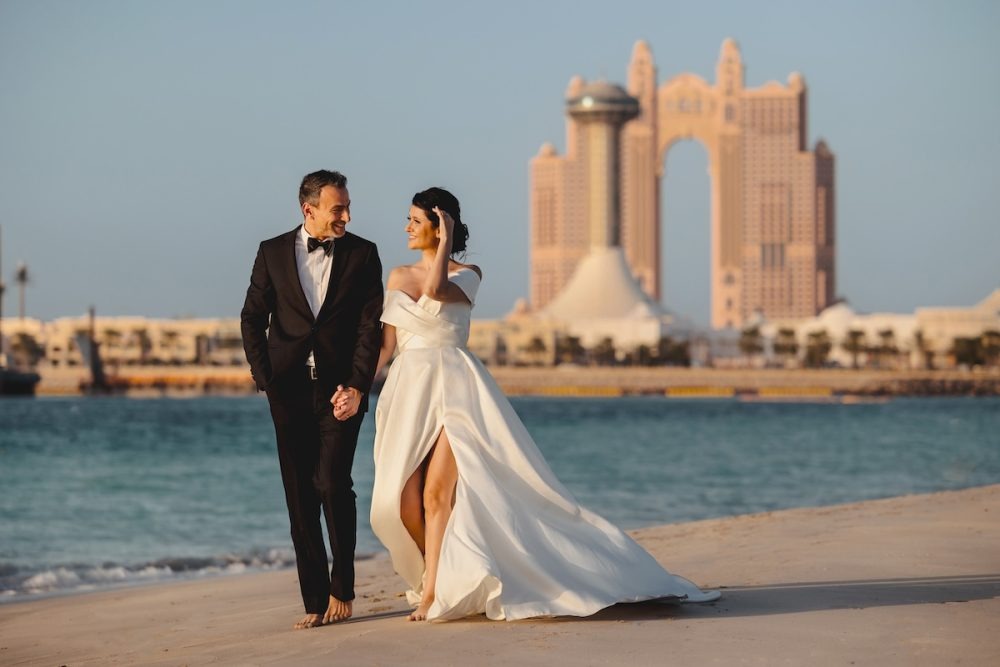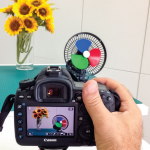DIY Tips To Design Your Wedding Dress
Designing your own wedding dress can be a deeply rewarding experience, allowing you to create a gown that perfectly reflects your personal style and vision for your special day. Whether you’re skilled in sewing or starting a new creative venture, here are some DIY tips to help you design your own wedding dress in Dubai:
Gather inspiration
Begin by gathering inspiration from bridal magazines, Pinterest boards, and designer collections. Consider the silhouette, neckline, fabrics, and embellishments that appeal to you. Create a mood board or sketch your ideas to visualize the overall look of your dream dress.
Choose your fabric wisely
Selecting the right fabric is vital for the look and feel of your wedding dress. Visit fabric stores to touch and feel different textiles such as silk, satin, lace, chiffon, and organza. Consider factors like drape, texture, and how each fabric will complement your chosen design.
Start with a basic pattern
If you’re new to sewing, start with a basic dress pattern that closely matches your desired style. You can purchase a commercial pattern or find free patterns online. Make a mock-up of the dress using inexpensive fabric to test the fit and make necessary adjustments before cutting into your chosen fabrics.
Customize the design
Personalize your wedding dress by adding unique details and modifications. Experiment with neckline alterations, sleeve styles, or adding embellishments such as beads, sequins, or embroidery. Be mindful of balance and proportion to ensure the final design reflects your aesthetic preferences.
Take accurate measurements
Accurate measurements are essential for creating a well-fitted wedding dress. Enlist the help of a friend or family member to assist with measuring bust, waist, hips, and length measurements. Refer to a sewing pattern’s sizing guide or online tutorials for guidance on taking precise measurements.
Invest in quality sewing tools and equipment
Ensure you have quality sewing tools and equipment to facilitate the dressmaking process. This includes a sewing machine, serger (if applicable), sewing needles, thread, pins, fabric scissors, and a seam ripper for corrections. Having the right tools will make sewing more efficient and enjoyable.
Plan for fittings and adjustments
Plan for multiple fittings throughout the dressmaking process to achieve a flawless fit. Try on the dress at different stages of construction to assess the silhouette and make necessary adjustments. Consider consulting with a professional seamstress for complex alterations or fitting challenges.



